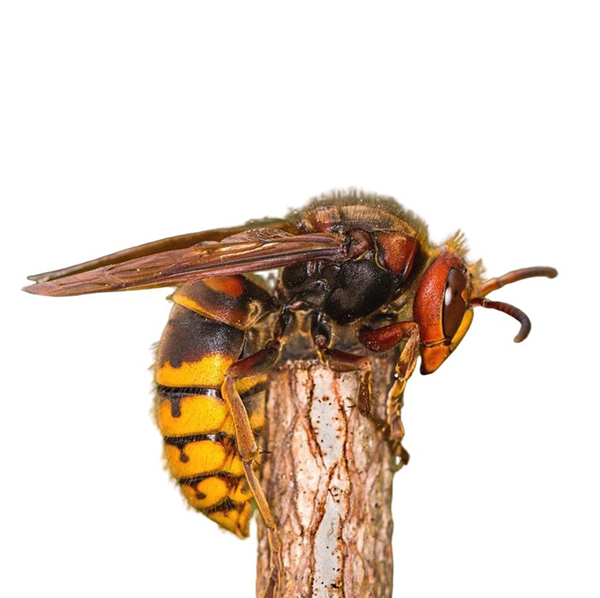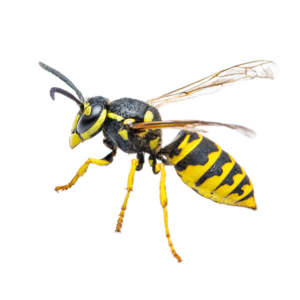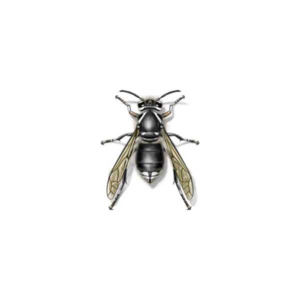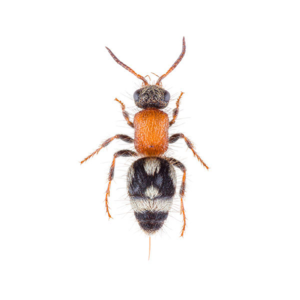
European Hornets in Atlanta, GA
The European hornet, also referred to as the brown or giant hornet, earned its name after being brought from Europe to the eastern United States in the mid-1800s. Present in 30 states, stretching from the eastern regions to as far west as Louisiana and the Dakotas, these hornets are notably larger than yellowjackets. Unlike many stinging insects, they exhibit nocturnal activity. Often seen around lights in the evening while in pursuit of prey. Their presence can cause great distress for homeowners, even though they are less aggressive than other hornet species.
European Hornet Habitat
Social wasps, European Hornets usually nest in hollow trees but also opt for wall voids or house attics. Unlike the free-hanging nests of bald-faced hornets, theirs are seldom suspended. Typically situated 6 feet or higher above ground, occasionally seen on house walls, some nests feature part of their papery structure outside the cavity. By late summer, an average nest houses 200 to 400 workers, and if provoked, they can display aggression.
European Hornet Behaviors, Threats, or Dangers
European hornets, despite their intimidating appearance, tend to avoid stinging unless provoked and typically keep their distance from people. However, their capability for multiple stings poses risks, especially for individuals allergic to their venom, warranting medical attention if stung. Homeowners may face challenges as these hornets nest in barns, yard trees, wall voids, or attics. During late summer food shortages, they seek sugary foods and can harm fruit trees. Attracted to porch lights, they might collide with windows, causing distress for homeowners. If you suspect a European Hornet nest on or near your property, please contact a professional stinging insect exterminator.




